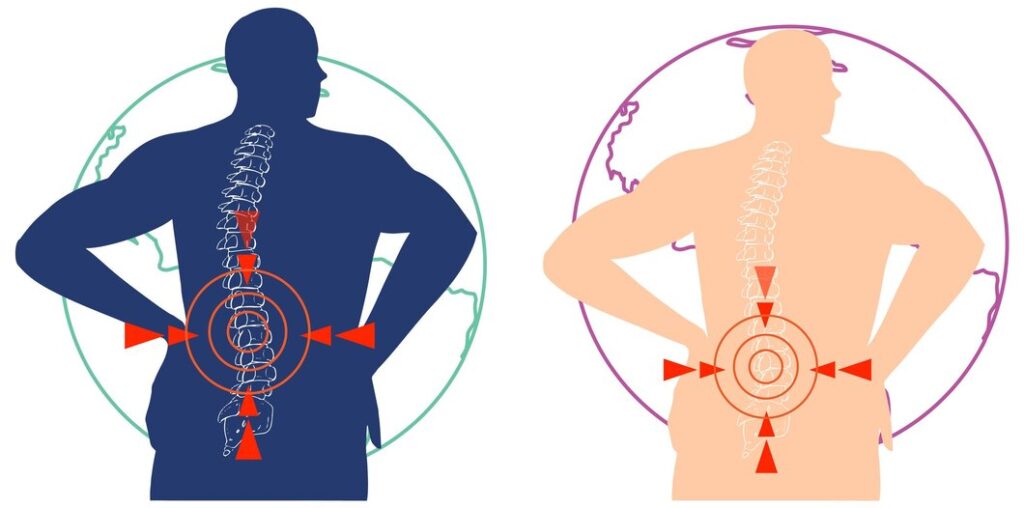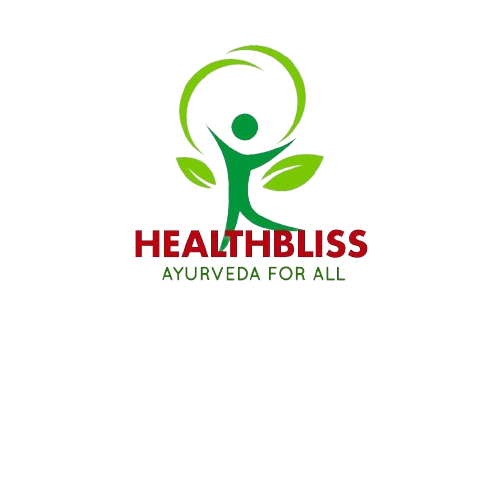Slipped Disc

What is a Slipped Disc?
A slipped disc, also known as a herniated disc, occurs when the soft inner core of a spinal disc protrudes through the tough outer layer. This can irritate nearby nerves and lead to symptoms such as pain, numbness, or weakness in the affected area.
Causes of Slipped Disc
- Age-related Wear and Tear: As people age, spinal discs lose water content, making them less flexible and more prone to herniation.
- Injury or Trauma: Sudden force or impact on the spine can cause a disc to herniate.
- Improper Lifting: Lifting heavy objects using improper technique can strain the spine and lead to disc herniation.
- Repetitive Strain: Activities or occupations that involve repetitive movements or heavy lifting can increase the risk.
- Genetics: Some people may have a genetic predisposition to disc problems.
Symptoms of Slipped Disc
- Pain: Sharp, shooting pain that radiates down the buttocks, thighs, or legs (sciatica) if the herniated disc is in the lower back, or down the arm if it’s in the neck.
- Numbness or Tingling: In the affected area, such as the buttocks, legs, feet, arms, or hands.
- Muscle Weakness: Difficulty lifting or holding objects, or weakness in the affected area.
- Difficulty Standing or Sitting: Pain worsens with certain positions or activities.
- Loss of Bladder or Bowel Control: Rare but serious symptom indicating compression of the spinal cord (emergency situation).
Diagnosis of Slipped Disc
- Medical History and Physical Examination: Discussing symptoms and performing a physical examination to assess reflexes, muscle strength, and sensation.
- Imaging Tests:
- MRI (Magnetic Resonance Imaging): Provides detailed images of the spine to visualize herniated discs and any nerve compression.
- CT (Computed Tomography) Scan: Sometimes used to assess bony structures of the spine.
Treatment and Management
Conservative Treatments:
- Rest: Short-term rest to reduce pain and inflammation, followed by gradual return to activity.
- Pain Management: Over-the-counter or prescription pain medications, muscle relaxants, and anti-inflammatory drugs.
- Physical Therapy: Exercises to strengthen the muscles supporting the spine and improve flexibility.
- Hot or Cold Therapy: Applying heat or cold packs to the affected area to reduce pain and inflammation.
Minimally Invasive Procedures:
- Epidural Steroid Injections: Injecting corticosteroids into the space around the spinal cord to reduce inflammation and relieve pain.
- Manual Therapy: Manipulative treatments such as chiropractic adjustments or spinal decompression therapy.
Surgical Options:
- Discectomy: Surgical removal of the herniated portion of the disc to relieve pressure on the nerves.
- Laminectomy: Removal of the lamina (back part of the vertebra) to create more space and relieve pressure on the spinal cord or nerves.
- Spinal Fusion: Joining two or more vertebrae together with bone grafts to stabilize the spine.
Living with Slipped Disc
- Maintain Good Posture: Practice proper posture when sitting, standing, and lifting to reduce strain on the spine.
- Exercise Regularly: Engage in exercises that strengthen the core muscles and improve flexibility, under the guidance of a physical therapist.
- Use Ergonomic Furniture: Use chairs, mattresses, and pillows that provide adequate support for the spine.
- Avoid Heavy Lifting: Minimize activities that involve heavy lifting or repetitive bending to reduce the risk of further injury.
- Quit Smoking: Smoking can impair blood flow to spinal discs and hinder their ability to heal.
Preventive Measures
- Maintain a Healthy Weight: Excess weight puts added pressure on the spine and increases the risk of disc herniation.
- Use Proper Lifting Technique: Bend at the knees and lift with your legs, rather than your back, when lifting heavy objects.
- Stay Active: Regular exercise helps keep the spine strong and flexible, reducing the risk of disc problems.
- Take Breaks: When sitting or standing for long periods, take frequent breaks to stretch and change positions.

